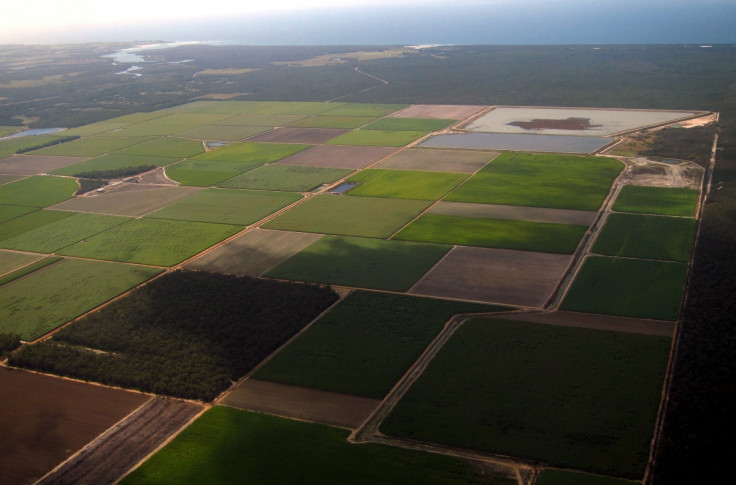These wonder plants can capture atmospheric carbon dioxide and fight climate change
The plants can reduce man-made CO2 by 50% at much less cost than other methods, says researcher.

Dr Joanne Chory, a biologist from the Salk Institute for Biological Studies and HHMI, has created a type of plant infused with a compound called suberin that she says can cut atmospheric carbon-dioxide (CO2) by 50% if just 5% of the planet's cultivable ground planted them.
The research by Chory got her a Breakthrough Prize in life sciences, reports Popular Mechanics. Chory's study is on modifying the way plants work by changing their abilities. This is done by looking at how plants adapt and change to their environment. For example, based on just the amount of light available, a plant or a type of plant can adapt itself to be tall, short, skinny, or stumpy.
Working out how they are able to do this in simple equations and fine-tuning them based on need could produce predictable results. Chory has found a way to make plants not just use CO2, but also store the gas.
Her team has created new plant varieties that can draw immense amounts of carbon-dioxide out of the atmosphere to the point of it dramatically reducing the effects of global warming. The idea involves suberin, or cork, a material that has the right make-up to store CO2. It is a natural substance, made of carbon, but it is non-biodegradable, so it will not break down soon.
Suberin infused with CO2 can last a few thousand years, says Chory.
Suberin is naturally produced by cork trees, but there are several plant species that also contain bits of it in their roots. Using cross-breeding techniques developed by Chory, it is possible to make these plants produce a lot more suberin. Right now, researchers are looking into making chickpeas and other harvest plants grow suberin.
"If we can help plants make more of it than they usually make, and we put that ability into plants that we've already selected that have deeper and bigger roots, we think we can make a plant make 20 times the amount of suberin that it normally makes," says Chory.
According to the report, if enough such modified plants are grown, carbon-dioxide can be quite successfully locked into the ground for thousands of years. Taking human-made CO2 out of the carbon cycle can be achieved effectively with just plants.
"We did the numbers," says Chory, "and the numbers say you need about 5% of the world's farmland growing highly-enriched suberin crops to fix 50% of all the CO2 that we're putting up there."
While there are several other ways to artificially capture carbon-dioxide from the atmosphere, they are nowhere nearly as effective. Also, if all the modified crops produced no food and took up 5% of the Earth's farms, this method to arrest CO2 is still the cheapest solution ever proposed.
The Earth's atmospheric CO2 has seen record spikes, according to Nasa, adversely affecting the planet's climate and chemistry. A Science Daily report on the effects of CO2 calls it a "heat-trapping greenhouse gas". Apart from trapping heat in the air, the gas is also known to stop plants from releasing water vapour into the atmosphere, cutting down on plants' ability to act as natural air conditioners.





















